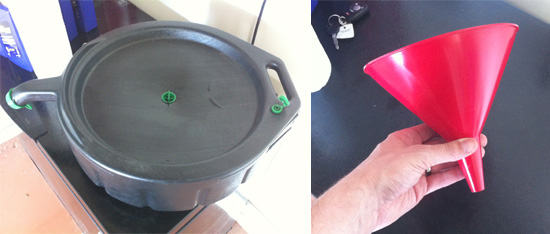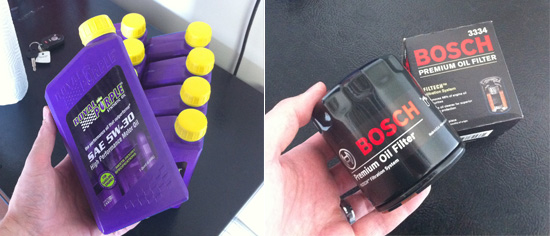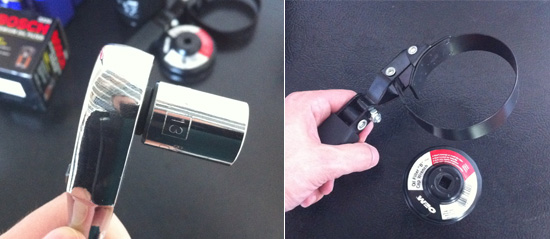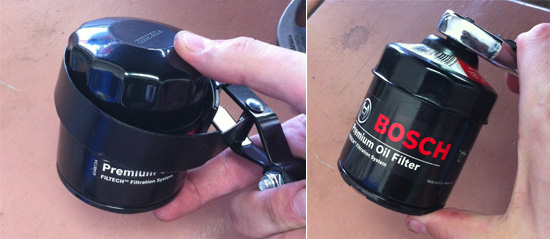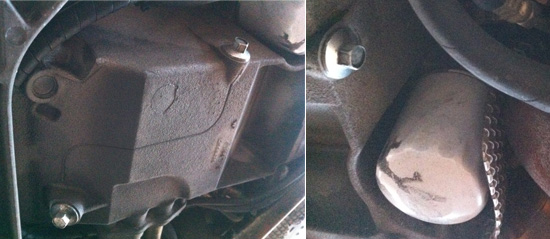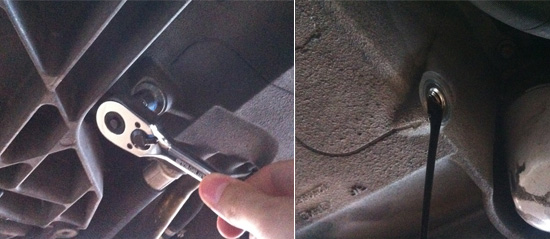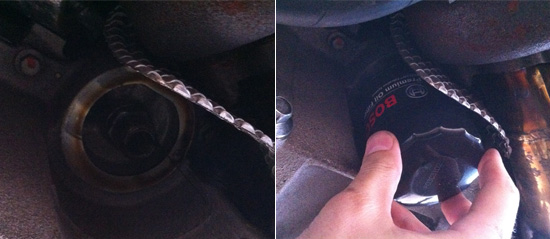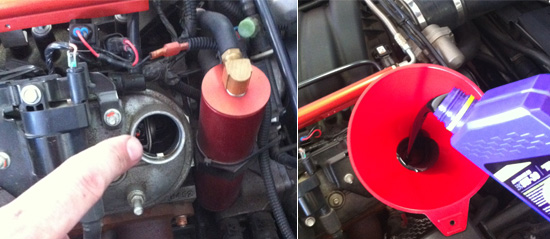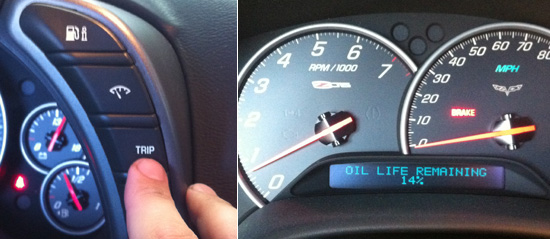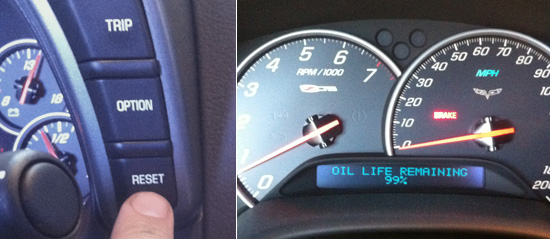With regards to weight loss things are going really well. As I write this I’m currently south of 220 and I actually weigh less than when I got married. I’m wearing XL shirts again, my shorts have a 36″ waist and I fit perfectly into my old mission suit. Plus I can run further and faster than ever before.
This journey hasn’t been quick or easy and there’s still a ways to go (probably another 20 pounds or so) but this has been an adventure I will never forget. Mental torture, physical injuries, unyeliding temptation and “impossible” obstables that slowly gave way to adaptive strategies, discovered courage, practiced discipline, clarity, focus, relentless perseverance and unrelenting dedication. In losing myself I have found myself.
Here are some of my personal insights and thoughts about my weight loss experience.
The “Secret” : Super simple- Change your behavior, hold yourself accountable and don’t stop. Obviously whatever I had been doing had gotten me to the point where I was nearly 300 pounds. Looking back it’s easy to see what it was. 70 and 80 hour work weeks, neglecting any form of physical activity, an extra meal each night at McDonald’s and copious amounts of candy, ice cream and donuts. I was probably eating about 4000+ calories each day.
So I chose to change. It was a simple change at first ( “eat less”). I tried to cut out the extra meals and the snacking. Then I figured out how many calories I was actually eating and how many calories I should be eating. Next I started eating less than I needed (to create a calorie deficit- that’s how you lose weight). I began to count calories to hold myself accountable. Eventually I added simple exercises (walking) to burn more calories and improve my overall health. I kept track of all my exercise (again to hold myself accountable). Overtime I increased the duration and intensity of my exercise while maintaining my dietary changes. If I had a bad day, I tried again. I never quit. And slowly but surely the weight fell off.
Physical Limitations : One of the things I really struggled with was my body’s inability to do what I felt like it should be doing. Walking gave me blisters, severe chaffing and hurt my back. Running caused incredibly painful shin splints and ankle issues. Lifting weights caused me joint problems. The discomfort made me want to quit frequently.
In retrospect, I feel like there will always be some initial discomfort, but it would have been better to slow things way down. If you can’t run after a month then you can’t run after a month! I shouldn’t have tried to run so fast, lift so much and push so hard- it’s not a race. Do I regret the way I did it? Ultimately no, because it worked for me. But I think I made it harder than it needed to be. But that’s kind of my style. [Incidentally most of the physical discomfort is gone at this point].
Also, regarding physical limitations- when I started I don’t think I understood what kind of shape I was in. When I was overweight I had a skewed mental image of myself. Looking at back at pictures of myself from 2007 (I’ll show a few below) I can honestly say that I didn’t know I looked like that. Now when I look at 2007 Cam I think, “Well duh! Of course you couldn’t run an 8 minute mile!” Over time I have learned my limitations- when to push and when to ease up.
Mental Health : The very hardest part of changing was the mental anguish. Food has always been emotionally satisfying for me. In the past when I was sad I ate. When I was stressed out I ate. And when I was happy- you guessed it- I ate. And I loved to stuff my face in general. That was satisfying too. I would get the largest sandwich or the biggest ice cream and eat it all- whether I was full or not didn’t matter. When that lifestyle ended my mind reeled with dissatisfaction. I felt deprived and unhappy when I coudn’t have the food I craved. I felt like I was being robbed of what was mine.
A healthy relationship with food was critical to my success. I found balance by creating a mentally satisfying challenge. I allotted myself 2000 calories a day (some to meals and some to treats). The gratification of winning the challenge of sticking to a sub 2000 calories a day diet offset my feelings of deprivation. Slowly (it took many months) I overcame my emotional addiction to eating. When I was stressed out or feeling bad I started to exercise instead and it always made me feel better and there was never any guilt afterward. Over time I learned that I could eat smaller portions and still feel satisfied. I also learned that a balanced diet can include some treats (although some days I don’t even feel like one).
Another thing that I initially struggled with were feelings of failure. Everyone who starts a diet or exercise program begins with the thought, “I can do this.” But the reality for me was that I failed a lot. And it’s mentally challenging to keep trying after repeated failures. But no matter how bad I felt, or how far I fell I kept trying and never quit. Eventually I realized that there would always be failures and set backs, but if I never gave up and set reasonable goals I would come out ahead in the end. Even now I slip up (eat too much, miss a day or exercise, etc) but I never beat myself up because, overall, I’m doing great.
Another issue for me was self image. The brain is a tricky thing! Like I mentioned before, when I look back at the 2007 pictures of myself I’m shocked. When I look at myself in the mirror now I honestly see the same guy I remember seeing when I looked in the mirror back in 2007. I’m pretty sure my brain was trying to protect me, “You’re fine! You look good! No need to worry!” it told me. As I made progress it was important to keep track of my weight and use photos so I could see my progress. That made it real and positively reinforced my efforts. Additionally, up until recently, I was pretty sure I felt the same now as I had then. But an honest analysis led me to conclude I’m more energetic, happier, friendly, helpful, mobile and confident. It’s still difficult to shift my mental self image!
There are a few general “mental health” benefits that have come from my journey, as well. I feel a great deal of clarity and balance these days. Sure I’m still a little moody (always have been), but I think less so than before. Additionally I feel like I have more mental discipline and focus. And hey, with more blood going to my brain I may actually be smarter than before too.
Nutrition : I confess that I haven’t put a great deal of effort into the nutritional aspects of my diet, but I have gained some insights. My primary rule was 2000 calories a day and sometimes I used them all on junk (always a mistake). Other days I used them all on healthy and balanced carbs and proteins (never a mistake). What worked best for me was eating things I enjoyed and making sure that I felt full.
Here are a few other things that I’ve learned. 1) Hydration is essential- you never skip water because you’re afraid to gain weight! If you run for ten miles sometimes you need more than water. 2) You need some fats. Don’t be afraid of them! 3) Watch out for foods with a lot of sodium- it can make you bloated and sluggish. 4) Proteins will make you feel full the longest. You can get protein from sources other than meat. 5) Vegetables are low calorie, high fiber, nutritional super foods. Find a way to cook them so they you enjoy them! Add some butter, it’s okay! 6) Eat carbs before exercise and proteins after exercise. 7) Avoid things like hydrogenated oils, high fructose corn syrup, artificial sweeteners, etc. Even if you don’t think they’ll hurt you avoiding things that have them will improve your diet. 8 ) You can eat treats (aka “junk food”) as long as you don’t overeat to consume them or burn off the extra calories with additional exercise. 9) Eating at home is healthier than eating out. You can control portions better and you know what you’re eating. 10) Who you hang out with (family, friends) impacts your nutrition. 11) Listen to your body. It can actually tell you what it needs. If you think you’re missing something it’s okay to take a multi-viamin.
Exercise : I feel like I touched on this a bit in “physical limitations” but I wanted to mention a few other things I learned 1) You never “work through the pain.” If something hurts (I mean really hurts) then back off and find an exercise that doesn’t cause you discomfort. 2) You can’t target an area on the body for weight loss. Weight comes off like it goes on. My stomach was the first thing that got fat and it will be the last thing to get thin! C’est la vie! 3) Exercise is important when you’re loosing weight because you don’t want the weight you lose to be muscle. 4) Never be discouraged by what you can’t do. Set realistic goals and find programs online to follow and you’ll be surprised by what you can do. 5) You really don’t need to join a gym to exercise. Start at home. Start with nothing. Once you get serious upgrade your equipment.
Sustainability : What I didn’t realize initially is that I wasn’t just trying to “diet.” In other words, my goal wasn’t just to lose weight; I wanted to change my life. I didn’t want to gain back the weight I lost. And what I learned to do was make changes that I could live with for the rest of my life. If you make changes that you can’t live with you’ll start to fail more often than you succeed.
Some examples of lifestyle changes: 1) I used to sit in my chair and eat ice cream while I watched TV but now I exercise while I watch my shows. 2) I used to get combo meals at burger joints but now I always skip the fries. 3) Instead of playing video games with my kids we jump on the trampoline. 4) When I start to feel full I simply stop eating and save the rest of the food. 5) I switched out “bad” comfort foods for healthier alternatives:
A) SoBe Lifewater (0 calories, I drink this instead of soda). B) Arctic Zero (150 calorie one pint protein shake in ice cream form). C) Tofo Shirataki noodles (40 calories in a bag, great in stir-fry!).



Support: One other thing that’s critical to successful change is support. In my case my wife was a huge support. She encouraged me to keep going when I was discouraged, cooked me special meals, cleared my schedule so I had time to exercise and always tried to stay positive. So a huge “thank you!” to my wonderful wife. If you want your lifestyle change to stick then you have to be around people who share the same lifestyle or who willingly accommodate and support yours.
My Next Goal : As I mentioned before I have about another 20 pounds I’d like to lose. That weight will be the hardest- it’s my midsection and moobs and my body doesn’t want to give that weight up without a fight. But it’s going to get a fight alright! I’m planning to start packing on some muscle in the next month or so and I’m working toward my 6 minute mile. I also want to focus some time on learning more about nutrition and human physiology. And then I’m going to run 21 back to back marathons (No, not really).
Epilogue : Here are a couple pictures of me. First one is 2007 (me & Gabe) and the second one is this past month (also me and Gabe). I have a jawline! [My hair was really falling out back in 2007. I hopped on Propecia in 2008 and it’s really made a difference. Also, in the last four months my hair seems to have thickened up a bit more, possibly a result of my improved diet. Anyway, that’s why I have more hair now.]

The picture below on the left was also taken in 2007 (I was probably about 290 pounds). The picture on the right was this past week at the same park (218 pounds). Ideally I would have worn the same shirt…but it doesn’t fit anymore.

Unless you have been on a journey like this you can’t really understand everything that’s involved (it’s very complex). There’s pain and joy, regret but redemption and it’s heartbreaking yet breathtaking. My journey is not over yet, but when I look back I’m so pleased I’ve made it this far. At the onset the path seemed impossible, but now, standing on the path looking back, I feel like I can do anything.
Posted by Cam, August 8, 2011
Update 12/3/2017: I got fat again the year following this post. As far as I can tell I tipped the scales at an impressive 291 almost exactly four years ago. However, I’m pleased to report that I’m back down to about 215 now and feeling good!
